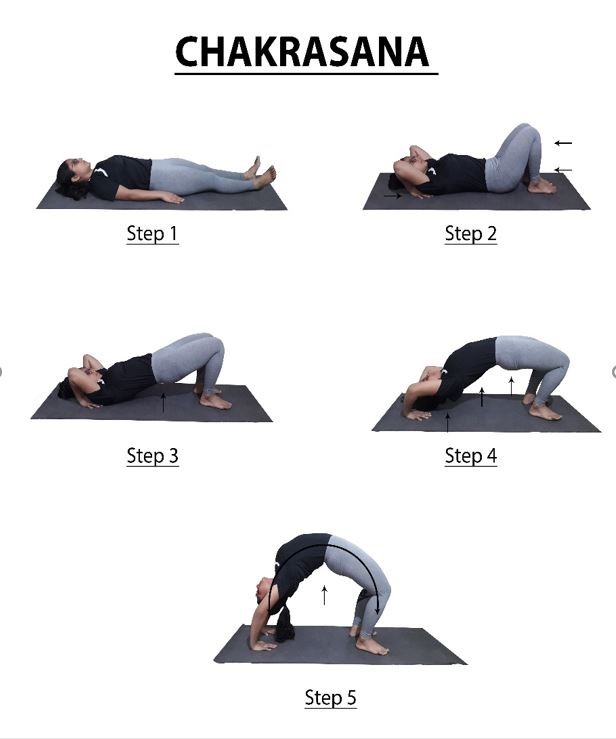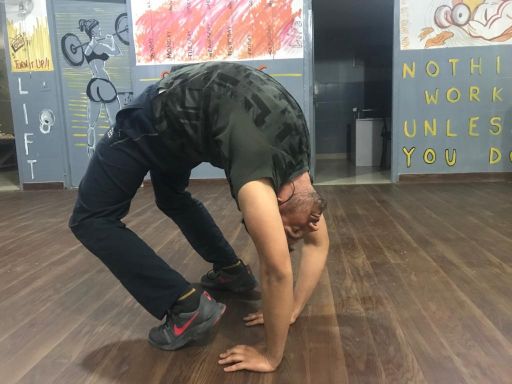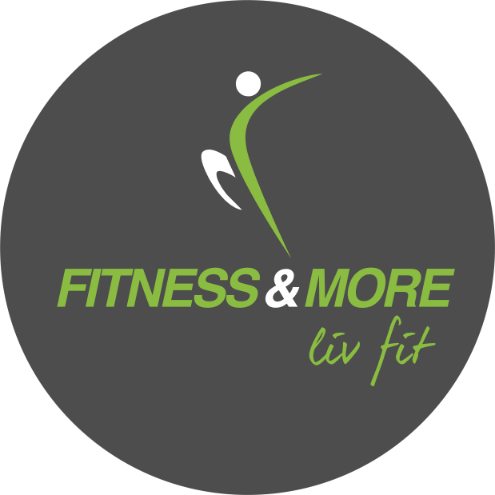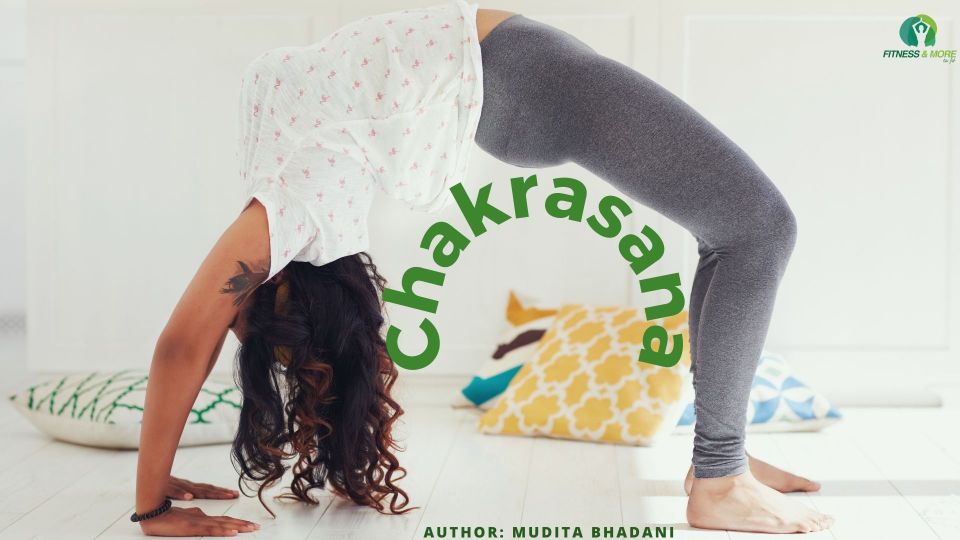Chakrasana is an intermediate/advanced back bending posture in Yoga, which engages the entire body. It requires flexibility in the spine and strength in the arms, wrists & legs to perform this pose correctly. This pose also helps to fight depression and increases happiness.
The posture can be performed in various ways i.e. while lying on the mat, or in a standing position from tadasana. Beginners can also start this posture with help of the wall. I have described below the benefits of this posture, how to start learning this posture for beginners and contraindications.
What is Chakrasana?
The word Chakrasana consists of two Sanskrit words, Chakra and Asana. Chakra means wheel and Asana means “posture”. The body takes a position of the wheel while performing this posture and therefore, this posture is called Chakrasana or wheel pose.
It is also called Urdhva Dhanurasana (Upward-Facing Bow Pose).
Benefits of Chakrasana
The posture has a lot of physical and spiritual benefits. Some of the major benefits are as follows:
Physical Benefits
- It strengthens the upper body including arms, shoulder, elbow and core muscles as most of the body weight is on the arms and shoulders
- It provides great flexibility to the spine and strengthens the back muscles. It also helps to reduce stiffness in the lower back
- It helps to tone the abdomen muscles and strengthens the entire digestive system.
- It strengthens the respiratory system and increases the level of oxygen in the body
- It strengthens the legs including calves, hamstrings, and hips and helps in reducing fat from the thighs and hips.
- It stimulates the thyroid and pituitary glands
Spiritual Benefits
- It helps in the improvement of focus, concentration and memory
- It relaxes our mind, reduces the stress level and helps to fight depression.
- It helps to increase the awareness of the body
- It also helps to activate the Manipur Chakra
Preparatory Poses
Some of the preparatory poses are as follows:
- Bhujangasana/ Urdhva Mukha Svanasana (Upward Facing Dog)
- Ustrasana (Camel Pose)
- Bridge Pose or Kandharasana
- Ardha Chakrasana (Half Wheel Pose)
- Dhanurasana (Bow Pose)
Who should not do Chakrasana?
- People who are suffering from neck, shoulder, wrist and back injuries should avoid doing it
- People with heart conditions, vertigo, and high & low blood pressure should also avoid it
- Pregnant women should avoid doing it
- The posture should not be performed after having meals
- Beginners should do it only under the supervision of a Yoga expert.
How long can it be done?
A beginner can start practice from 2-3 rounds. Further, the posture can be held for as long as a person is comfortable. Do not try to over-stretch or put too much pressure on your hands and back.
Steps to perform Chakrasana

Beginners can start doing Chakrasana while lying down. Once they are comfortable performing and holding this posture while lying down, then they can practice it while standing
The steps to perform Chakrasana are as follows:
While Lying on Floor
- Lie down on the floor on your back with feet shoulder-width apart. Bend your knees with heels touching the hips.
- Place the arms on the floor above the head with fingers facing towards the shoulder.
- Inhale and try to lift your hips, spine and head from the floor with the help of arms and legs. Hands and legs should be kept firmly on the floor.
- Hands should be kept in line with the shoulder. Pressure should be on the hands and shoulder. Adjust your hands and legs if required.
- Try to push your spine and hip upwards, so as to form an arch-like shape. It will help to expand your chest. Further, the abdominal muscles and core would also be engaged.
- Try to keep the hands and legs straight as much as possible.
- Try to hold this position as long as a person is comfortable. The initial starting can be done from 10 seconds to 15 seconds and can be increased gradually.
- To come back to the original position, bend your elbows and knees, put your spine on the floor and lower your head.
- Try to come back slowly without any jerking. Do not come back with a jerk as it may lead to injury to your back and hands.
- To increase the difficulty level, you can bring the hands and legs closely and try to hold the leg with your hand in Chakrasana
From standing position
- Stand on feet with a shoulder-width distance between both feet.
- Then inhale, raise your both arms and then try to bend your upper body backwards.
- Use your legs and hips to maintain balance while bending. The arms should remain near to the ears while bending.
- Try to keep your knees straight while bending. In the beginning, you may bend your knees to do the posture for ease.
- Bend your body backwards as much as possible. Once you are near the floor, put your hands on the floor. The steps mentioned in points no 4 to 7 will remain the same.
- To increase the difficulty level, you can bring the hands and legs closer and try to hold the leg with your hand in Chakrasana
- To come back to the original position, push your hips upward and use your arms to come back to a standing position. In case, you are not able to come back to a standing position, you can lower your hands and legs and lie on the floor
- In case, it is a little difficult to bend backwards with both hands up, you can put both hands or a single hand on your back and then try bending backwards.
Counter Pose
Chakrasana involves deep back bending and may result in some strain on the back therefore, to release the said pressure, one should always perform a counter pose after Chakrasana. A few counter poses are as follows:
- Janu Sirsasana
- Paschimottanasana
- Pawanmuktasana
- Ardha Matsyendrasana
- Makarasana
- Cat & Cow Pose
How to start practising the posture as a beginner?

As mentioned above, a beginner can start practising while lying down. Once he is comfortable doing Chakrasana lying down, he can practice the posture in standing.
In beginning, the posture can be done with the help of the wall. Put your hands on the wall while bending and try to go downwards with the support of a wall. When you have reached your maximum, try holding against the wall. Try to keep your arms straight.
After some time when you are able to touch the ground in Chakrasana, push yourself towards the wall and try to touch the abdomen to the wall. You can also take support of blocks initially. On bending down, keep your hands on the block (kept near the wall) and push yourself towards the wall.
A beginner needs to be very patient to perform this asana as balancing takes time. The only key to achieving perfection is to practice each and every day, till you find your balance in the pose.
Tips/ Precautions for Beginners
- Always practice Chakrasana only when your body is warmed up. Without warming up do not perform this posture, as it would put too much strain on the back and even may result in back pains.
- Be patient while doing this pose. In starting, practice can be done with the help of a wall and later it can be practised without the wall.
- Initially while bending try to keep some cushion in the back for safety purposes, in case you fall.
- Keep your core tight and your abdominal muscles should be engaged.
- Do not overstretch yourself.
- Perform this asana in the presence of a Yoga expert in the beginning.
- Be patient while performing this asana and keep yourself focused on the asana
Variations of Chakrasana
- Straight-Legged Wheel
- Eka Pada Urdhva Dhanurasana (One-Legged Wheel Pose)
- Eka Hasta Urdhva Dhanurasana (One-Armed Wheel Pose)
My Personal experience
Initially, I used to practice practising Chakrasana with help of a wall i.e., holding for some time and then coming back to a standing position. Continued the practice with help of a wall for a few months. After some time, started doing Chakrasana with help of a belt. My trainer used to help me by holding a belt and I used to backbend and then come back again.
Slowly and gradually, started gaining flexibility in the spine and I was able to bend back without support but coming back again in a standing position was very challenging as it required additional strength in my hands, core and legs.
Simultaneously, started doing Surya namaskar daily and it helped me a lot to increase strength in the entire body. The effect was that I was able to walk in Chakrasana and come back to a standing position after bending in Chakrasana. This entire thing took approx 2 years to master.
I also did some mistakes while performing Chakrasana. I did back bending asanas without fully warming up and the result was that my back got hurt and I could not perform the asanas for 2-3 months. Further, sometimes, I finished my practice without doing counter poses and again the stress got piled up and after some time, it resulted in stiffness and pain in the back.
Therefore, two important lessons I learned are the importance of warming up the body and the relevance of counter poses. In the end, the only key to performing the asana is to keep focused and be consistent with your practice.
Caution
This asana should be performed in the presence of a Yoga expert to avoid injuries. Do remember that everybody is different and the impact of asanas on everybody is different.
HAPPY DOING YOGA!!


Recent Comments